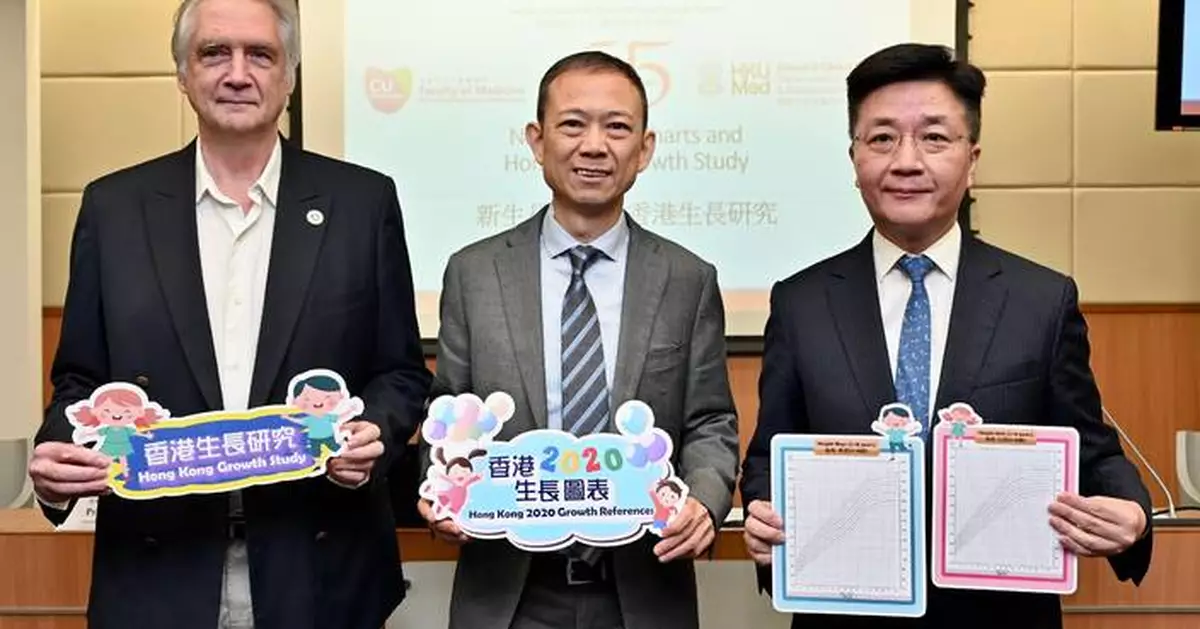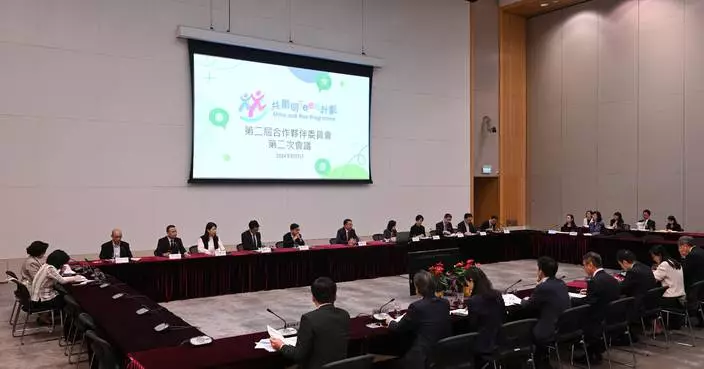Exciting updates: dh introduces new growth charts for 2024
âThe Department of Health (DH) today (April 22) announced that a new set of growth charts, i.e. the Hong Kong 2020 Growth References (HK2020), with new references and definitions will be adopted by the DH starting from the second half of this year as a better tool to assess and monitor the growth of children and adolescents.
A spokesman for the DH said that growth charts serve as an important reference tool for clinical assessment of an individual child, and facilitate the monitoring of growth trends of the entire population of children and the timely adjustment of public health measures and strategies on enhancing children's health. To study the growth of contemporary Hong Kong children and review the existing growth charts developed in 1993 (HK1993), the DH, the Department of Paediatrics of the Chinese University of Hong Kong, and the Department of Paediatrics and Adolescent Medicine of the University of Hong Kong jointly conducted the Hong Kong Growth Study (HKGS) which was funded by the Health and Medical Research Fund (HMRF) of the Health Bureau. The research team also reviewed whether the Child Growth Standards developed by the World Health Organization for children 0 to 5 years old in 2006 (WHO2006) was suitable to be adopted for use in Hong Kong.
The key characteristics of the HKGS and the development of the HK2020 include the following:
Based on the data collected in the growth survey and advice from local and overseas experts, four sets of gender-specific growth charts for children 0 to 18 years are developed in the HK2020, namely (1) Weight-for-age charts; (2) Length/height-for-age charts; (3) Body Mass Index (BMI)-for-age charts; and (4) Head circumference-for-age charts. Comparing the new and old growth charts, the weight and height in HK2020 were higher than that in HK1993, particularly at pubertal ages. Notably, an increase of about 2 centimetres in median height was found for boys and girls at the age of 18.
Moreover, the data of Hong Kong children 0-5 years in the survey also fitted the WHO2006 reasonably well. The HKGS concluded that HK2020 for 0 to 18 years and WHO2006 for 0 to 5 years are suitable for use for Hong Kong children. Also, as the distribution of body fat for children changes with age, the study recommended an updated definition and assessment for overweight/obesity by using BMI-for-age instead of weight-for-height. The growth assessment in many places (including the Mainland, the United Kingdom and the United States) are also using BMI as a reference. The DH will continue its healthy lifestyle promotion among children and parents and various health promotion programmes (such as the Whole School Health Programme) in order to better prevent and improve the overweight situation of the children.
To provide an updated reference tool to assess and monitor the growth of children and adolescents, the DH will adopt the HK2020 at its Maternal and Child Health Centres (MCHCs) and Student Health Service Centres (SHSCs) for growth monitoring of children aged 0 to 5 years and 6 to 18 years respectively. The new growth charts are expected to be deployed in July this year for MCHCs and in September this year for SHSCs. Starting from September this year, the Hospital Authority will implement the new growth charts in its hospitals in phases, with a view to rolling out to all its hospitals by end of 2024. The District Health Centres currently providing services targeted at children, including group classesand outreach health risk assessment, will also support the launching of the new growth charts. In addition, the DH will also send letters to healthcare professional bodies and stakeholders to inform them of the study and the new growth charts. Moreover, the new growth chart shall also be made available in the eHealth app for use and viewing.
Relevant information of the study will be made available at the HKGS website as well as the website of DH for reference and use by professionals. For more information on the updated set of growth charts, please visit www.dh.gov.hk/english/useful/useful_PP_Growth_Chart/useful_PP_Growth_Chart.htmland www.dh.gov.hk/english/useful/useful_HP_Growth_Chart/useful_HP_Growth_Chart.html.

DH to adopt new growth charts in second half of 2024 Source: HKSAR Government Press Releases










